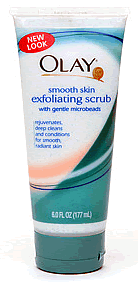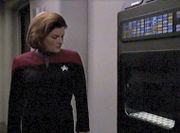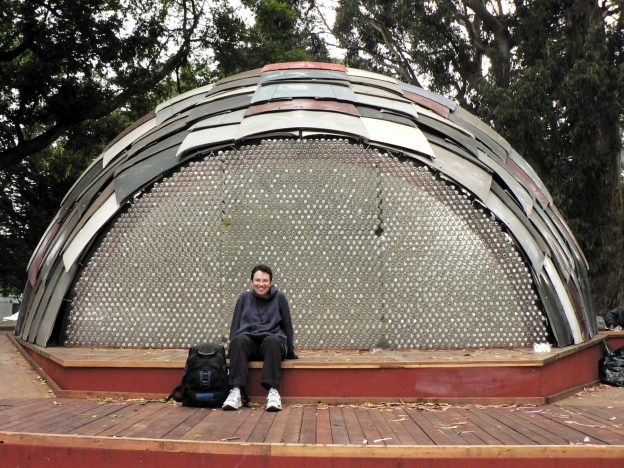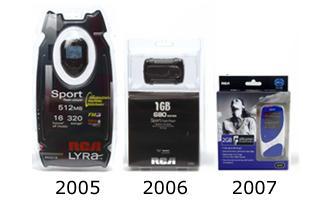Point of Return: Where our recycling actually goes

What really does happen to our recycling after it’s picked up from the curb? Much of it is shipped overseas when it could be better used to provide jobs and source materials here at home. Using Oakland, Northern California, and the Pacific Rim as a case study, this short film is worth the eye-opening 17 minutes!
Also, if you get the chance, see Manufactured Landscapes, a film screening in theaters right now, which shows, among other things, what actually happens to the recycling (much of it hazardous e-waste) after we ship it to China. Michael and I saw it with some friends last weekend and were blown away by both the beauty and horror of the images.… Read the rest
















